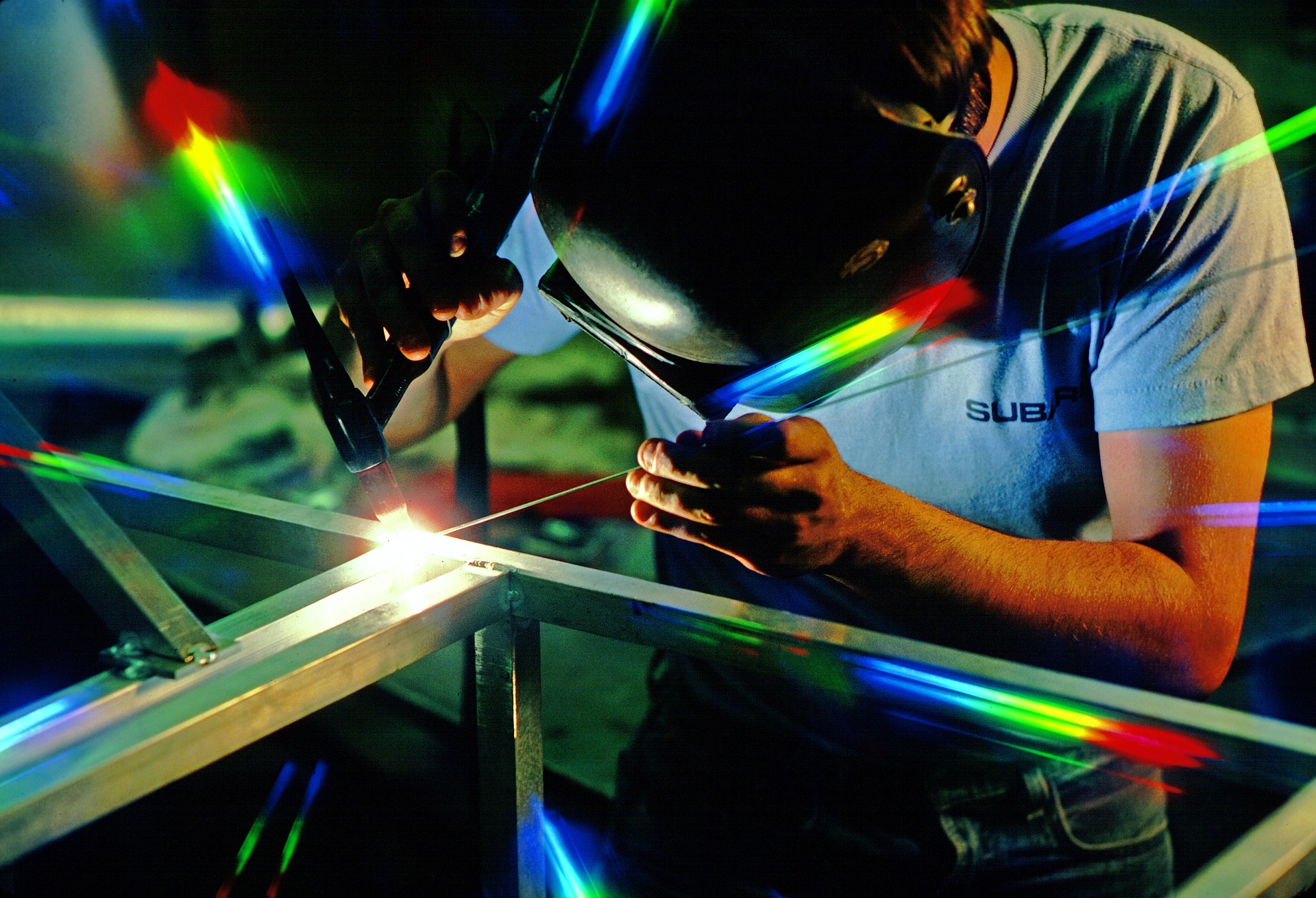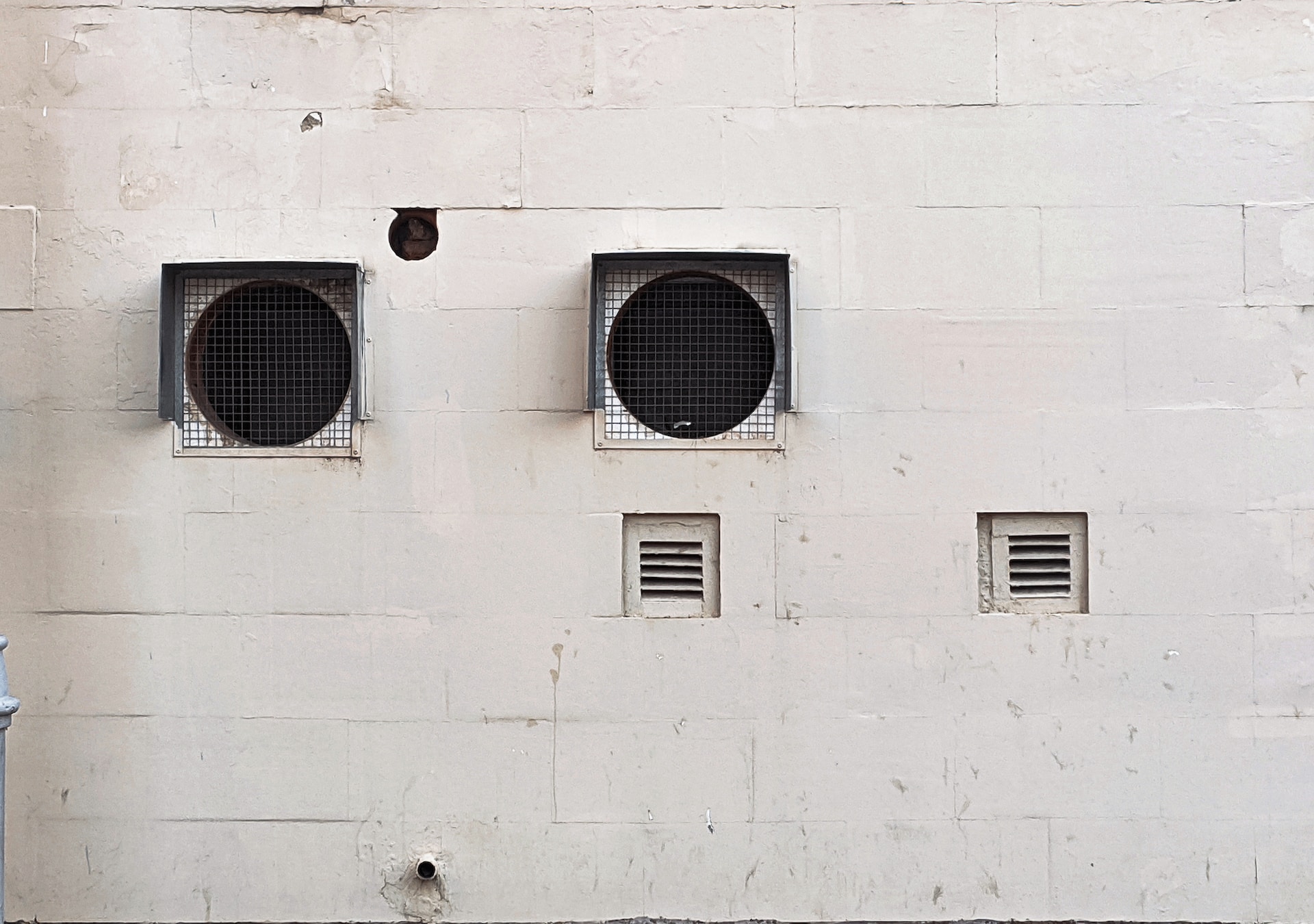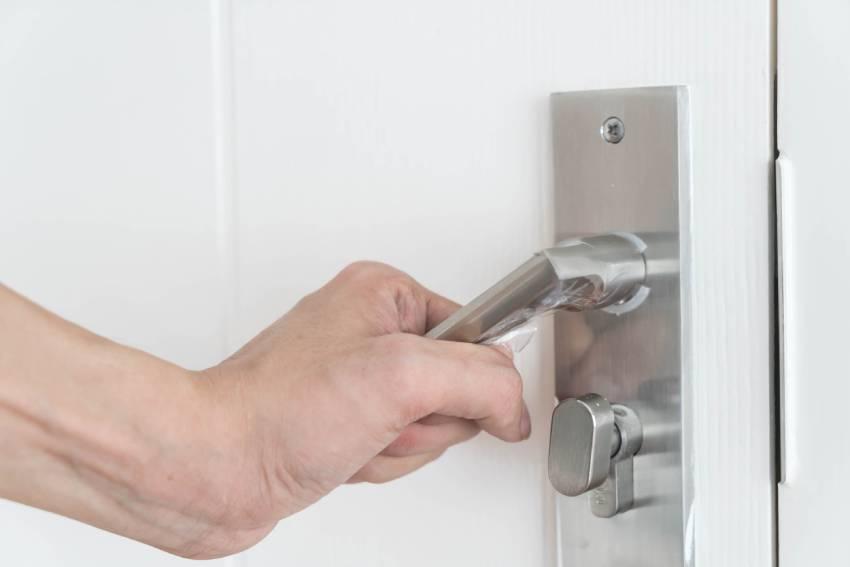When it comes to organizations that heavily rely on machinery and equipment, maintenance and repairs become crucial aspects to ensure efficient and uninterrupted operations. Most of the equipment used in organizations, say, manufacturing firms, are intricate, heavy-duty, and expensive. Without proper maintenance in place, these complex pieces of equipment will inevitably face problems like being overheated, overworked, or worse. As a result, they will experience unexpected breakdowns, malfunctions, or even premature deaths, leading to unplanned equipment downtime, production disruptions, losses, rising maintenance costs, and workplace safety incidents, among other issues. Fortunately, with proper equipment maintenance efforts, all of the aforementioned problems can be minimized drastically.

With that out of the way, here are five effective ways how organizations are ensuring equipment maintenance and repairs that help them reduce costs, minimize unplanned downtime, and prevent production disruptions.
Five ways to ensure effective maintenance and repairs
Documenting and tracking maintenance activities
Quite naturally, documenting maintenance and repair activities is one of the first steps towards streamlining maintenance management. Documentation of all the maintenance tasks and activities helps keep accurate records and track of what kind of maintenance is provided to the equipment. Down the road, all of this information can be analyzed to identify room for improvement or can be used as guidelines for new technicians.
For instance, after a specific machine receives maintenance for the first time, all the information is recorded within the work history such as the time required, tools required, method(s) used, and any other additional comments. This information helps reduce the time required for maintenance tasks and can also be used as a guideline, making maintenance and repairs more efficient.
Keeping an eye on critical equipment
While it’s true that all types of equipment require maintenance, some of them are more important than others. There are specific pieces of equipment without which crucial aspects of the organization would be seriously hampered. For instance, in the manufacturing industry, centrifuges or industrial mixers are crucial pieces of machinery, and if these fail, then production disruptions will be significant.
As a result, maintenance managers prioritize critical assets and need to place their maintenance needs ahead of others. These pieces of equipment receive regular inspections and maintenance to ensure that they are performing as expected and without hiccups.
Planning everything right from the start
Responsible organizations know that one of the most effective ways to ensure and streamline maintenance and repairs is by planning everything right from the beginning. One can’t just begin maintenance management in a single day – there are just too many variables and factors that might not work. Careful planning is an absolute must – an organization that’s dedicated to maintenance management must opt for preventive maintenance, one of the most feasible maintenance approaches available. Making an inventory of all the equipment, prioritizing them, identifying the number of technicians required, choosing a modern CMMS software solution, listing down which spare parts will be needed – all of these must be planned well in advance. Sure, these variables might very well change over time, but without planning ahead, an organization will be working completely in the dark.
Incorporating feedback from relevant employees
Maintenance management doesn’t only mean providing maintenance tasks and conducting inspections. Responsible organizations and maintenance managers know that maintenance management is a never-ending process, one that they need to optimize regularly. One of the ways they do that is by incorporating feedback from employees like the machine operators.
Machine operators work with the equipment closely on a regular basis, and other than manufacturers, they know very well how the machine works, when it is problematic, and when it might need some maintenance. Since they have valuable information on the assets, the maintenance team can use it to optimize maintenance tasks. For instance, machine operators will know exactly when a piece of equipment requires lubrication or when a spare part needs to be replaced based on its performance. As a result, when maintenance teams incorporate feedback from the machine operators, maintenance tasks tend to be more effective than ever, providing the equipment with the attention it needs at the right time.
Utilizing a mixture of maintenance approaches
While this one might seem counterintuitive, it is an approach that can help organizations save costs and ensure that resources aren’t wasted. Think about it – basic equipment like lights don’t need preventive or predictive maintenance, either of these would be overkill and costly. Reactive maintenance, on the other hand, would be good enough for most lighting systems. Moreover, if a robust CMMS app is used, employees can simply submit work requests regarding low-priority equipment and the maintenance manager can assign technicians for emergency maintenance work.
Final words
Maintenance management has always been crucial, however, even now, several organizations are stuck on obsolete approaches like reactive maintenance. While reactive maintenance is necessary for low-priority equipment, modern machinery requires modern approaches like preventive maintenance that help reduce unplanned downtime, minimize unexpected equipment breakdowns, and improve asset longevity.
















